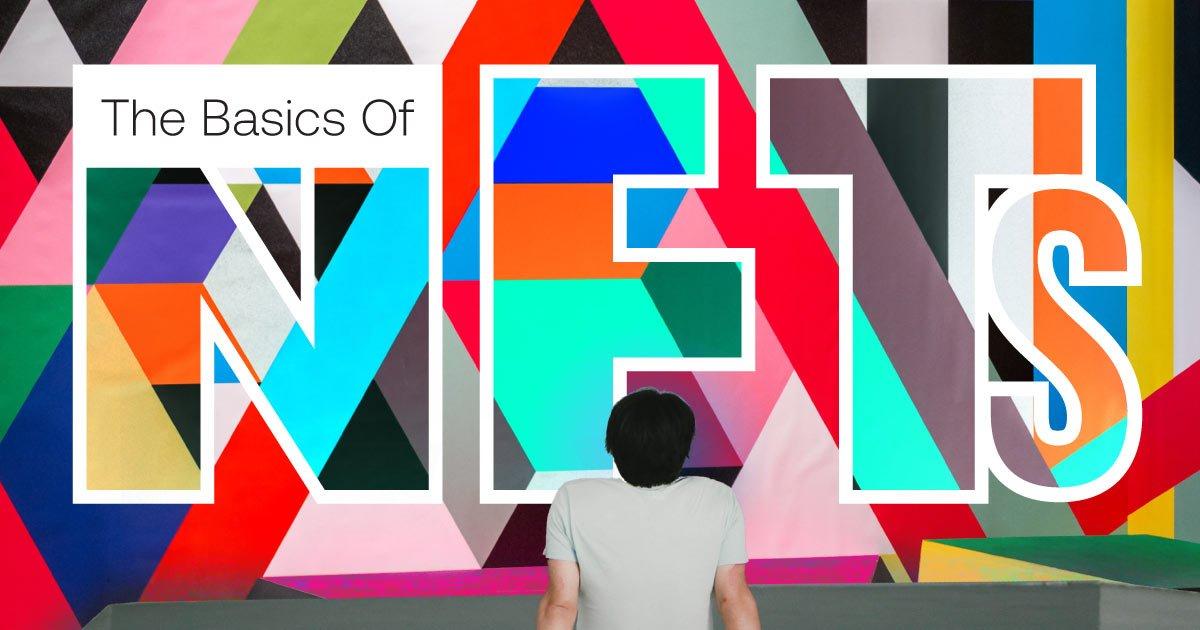Blockchain has spawned more than just a digital currency. It has also provided a profitable avenue for digital art to be sold. In the first half of 2021, non-fungible tokens (NFTs) garnered $2.5 billion in sales. That value is up exponentially from $13.7 million a year earlier. “EVERYDAYS: The First 5000 Days” was the first purely digital work of art ever offered by a major auction house, and it sold for $69 million. Other NFTs are not conventional artwork; Twitter founder Jack Dorsey’s first tweet sold as an NFT for $3 million. Whatever form an NFT takes, it has the potential to represent a new form of non-monetary assets.
How do NFTs Work?
If a piece of art is digital and infinitely copy-able, what makes ownership special? The distinction lies in blockchain. While digital collectibles can be copied exactly, blockchain provides secure and effective proof of ownership. Digital keys secure NFTs using the same technology as cryptocurrencies. A public key serves as the ownership assignment. A private key authorizes changes in ownership. Finally, the blockchain maintains a tamper proof ledger of transactions.
Until blockchain and digital art united, digital artists were at a disadvantage compared to their peers. It was difficult for them to prove they were the original creators of a work. Monetizing artworks that can be easily copied was no easy task, and there was a constant struggle to prevent unauthorized use of their work. Yet when an artist creates an NFT, they can enable features that will pay them a percentage of all future sales. It is possible to sell art that would otherwise be difficult to locate a seller for. Perhaps most importantly, they can prove they are the original creator of a digital file.
Collectors also enjoy the exclusivity that owning an NFT brings them. Anyone can download a digital file, but only the owner can sell it. The proud owners of an NFT purchase can set the image as their profile pic or post it online, akin to how owners of physical art like to display pieces around their house. With the growth of the market, many collectors buy NFTs as an investment. The hope is that the value of NFTs will increase over time.
The Dangers of NFTs
Despite the innumerable benefits, there is a degree of danger in the NFT system. Owners can lose access to their NFT by forgetting their own password. The problem is well documented in the cryptocurrency sphere; Chainalysis estimates that 20% of all Bitcoin, which is $140 billion worth of Bitcoin, cannot circulate because people don’t remember their password. A related danger is theft. Private keys can be hacked if they are used or stored on a networked device. Hackers stole $600 million worth of cryptocurrency in 2021. Finally, one danger NFTs don’t share with cryptocurrency is link rot. NFTs don’t include the collectible itself, just the link to it. It’s up to the web host to keep the collectible online.

Source: Expensivity

